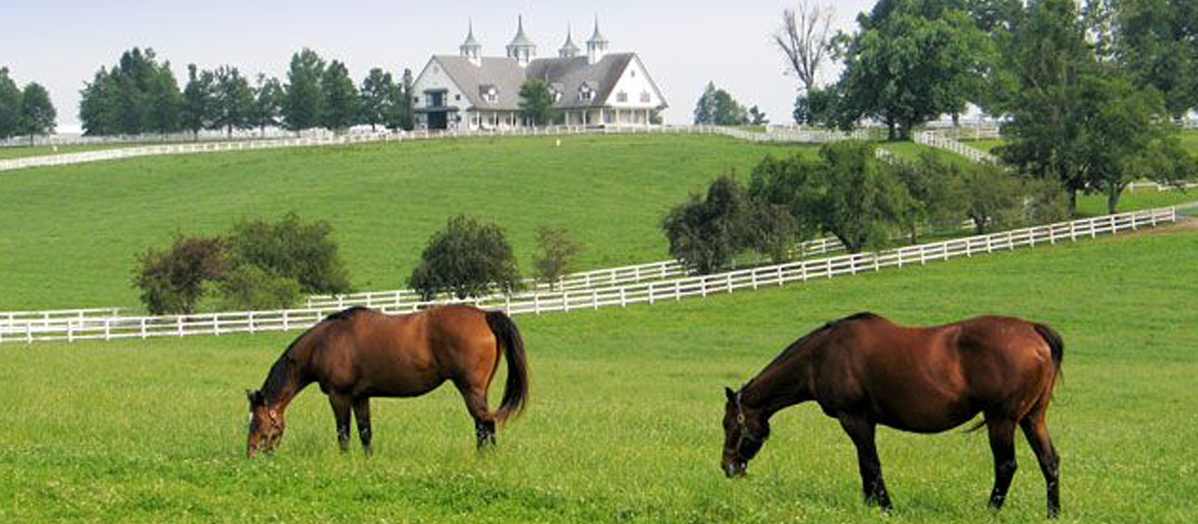365
Days in Horse Country – The Friesian Horse
The Friesian is a horse breed that is near and dear to my
heart; having one myself. The Friesian
is a glamorous horse with a legendary and romantic past. According to some, the Friesian goes back to
the Ice Age, when a large primitive horse called Equus Robustus is believed to
have lived in Friesland, the area of Europe now knows as the The Netherlands.
I the sixteenth and seventeenth centuries, Andalusians were bred to the descendants of Equus Robustus, bringing refining blood to the early Friesian. Serious horse breeders, the people of Friesland worked hard to develop and preserve this horse, which was unique to their culture. During the Middle Ages, Friesian horses spread to other parts of Europe, and they served as heavy war horses. Some historians also believe that Friesians were brought to the New World with Dutch settlers in the 1700s, and they might have contributed to the Morgan, Canadian, and the Tennessee Walking Horse breeds.
Almost extinct at one point, crossbreeding also resulted in the eventual disappearance of the purebred Friesians from the United States for several centuries. Then, during the mid to late 19070s, the breed was imported into the United States. Over the next few decades, Americans took notice of the breed, whose popularity has soared over the past fifteen years.
Friesians are well known for their jet black coats. A white star on the forehead is also permitted, but no other white markings may be present. The breed’s long, wavy main and tail are also important and trademark characteristics of the breed. The tail is low set, and the fetlocks are heavily feathered. The head of the Friesian is relatively small for the breed’s large stature, and it features expressive eyes and small ears.
The Friesian’s body type is unique among horses, and it features a high-set neck with a high crest; and a broad chest with a slightly accented croup. The legs are hardy with solid bone structure. Stallions stand at least 15.3 hands by the age of four, while mares and geldings must be at least 14.3 hands to be registered in the adult studbooks. Most Friesians measure from 15.2 to 16 hands, although some are smaller or larger.
High-stepping action is a part of the breed’s movement, and the Friesian’s easy going disposition, its intelligence, and its willingness to work are some of their most treasures traits.
Michael







